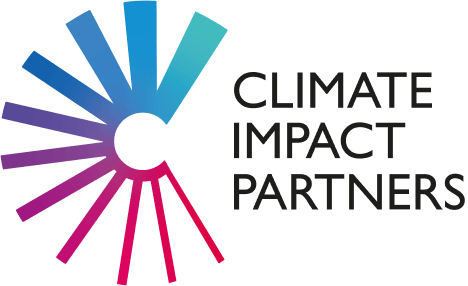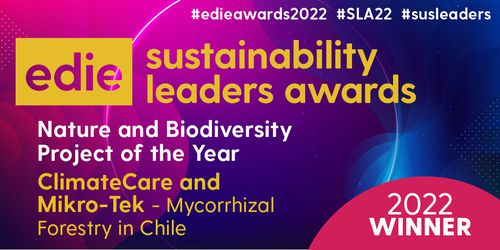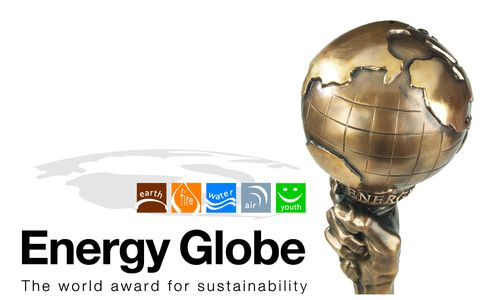The 28th Conference of Parties (COP) is over. Our Chief Marketing Officer Rebecca Fay and Managing Director of External Affairs Jonathan Shopley shared their final COPTake – follow the link below to watch their fireside chat style discussion and hear about their reasons for optimism following COP28 and the key areas where debate remains.
City of COP
It’s reported that 85,000 people attended COP28, with world leaders being joined by civil society, business, Indigenous Peoples, youth, philanthropy, and international organizations – all focused on how to close the emissions gap to 2030. Jonathan describes it as a colony of ants, running around, sharing ideas, solutions, and building partnerships and coalitions - with potentially thousands of different events happening at any given time.
It wasn’t just the size and scale of COP28 that made it unique, a few other factors stuck out:
- Agenda actioned – a rare achievement for a COP, the agenda was agreed quickly and ahead of time, meaning delegates could hit the ground running from day one.
- Global Stocktake – COP28 saw the results of the first Global Stocktake - outlining the status of government commitments and whether enough is being done to meet the Paris Agreement’s 1.5 degrees target (spoiler alert – the chances of keeping to 1.5 degrees are vanishing fast).
- Petrostate – controversy surrounded this COP owing to the fact it was hosted by the head of the Abu Dhabi National Oil Company, with analogies being made that this was like getting a tobacco company to sponsor an anti-smoking campaign.
So, what did COP28 deliver?
Reasons for optimism
The Global Stocktake has shown us the magnitude of the challenge we face globally; we need all countries to be on an agreed pathway to net-zero – COP hasn’t yet delivered this, but it did make important progress:
- Loss and damage fund agreed on day one – COP28 got off to a strong start, with a landmark deal to help the world’s poorest and most vulnerable countries pay for the irreversible impacts of climate disaster, agreed on the first day of the summit. Initial funding is close to US$429m.
- Fossil fuels identified for the first time – for the first time, fossil fuels were accepted as the main climate problem. While most countries supported a phase out of fossil fuels, there was no consensus as required under the UN process. However, the final text calls on countries to contribute to a transition “away from fossil fuels in energy systems in a just, orderly and equitable manner, accelerating action in this critical decade, so as to achieve net zero by 2050 in keeping with the science.”
- Bag of surprises for the voluntary carbon market - Finance Day at COP turned out to be a big day for the Voluntary Carbon Market (VCM), with high profile support expressed by the US Climate Envoy, UNFCCC’s Executive Secretary, and the World Bank President. Six carbon standards announced a collaboration to increase the impact of activities under their standards, and key VCM initiatives said they would cooperate on establishing an end-to-end integrity framework that provides consistent guidance on decarbonization.
COP is often accused of being a talking shop, with little tangible output. However, this year the noise was not just noise, it was constructive noise – the world is starting to respond, the magnitude of the challenge is trickling through, and the atmosphere was one of really making something happen.
Fossil fuel debate left no energy for Article 6
Our ask of COP28 was for it to unlock the full potential of Article 6 – first formed as part of the Paris Agreement, signed at COP in 2015 and designed to allow countries to cooperate to meet more ambitious climate targets through the purchase and sale of carbon credits. It allows countries to determine which parts of the carbon markets they want to tap into to meet their nationally determined contributions (NDCs) – countries’ self-defined mitigation goals, forming the basis of plans to meet the Paris Agreement’s objectives (even more critical now in light of the Global Stocktake).
Two key articles are:
- Article 6.2 - which enables countries to trade emissions reductions and removals with one another. We’ve seen one transaction - between Ghana and Switzerland - authorized.
- Article 6.4 - a mechanism for the establishment of a global carbon credit market, overseen by a COP designated “supervisory body.” This is the replacement for the Clean Development Mechanism.
Unfortunately, Parties did not reach a consensus on either Article 6.2 or Article 6.4 – with many countries clashing on challenges around carbon removals, transparency, and climate ambition in the final text. That has kicked the can a year down the road, to pick back up at COP29 in Baku.
The lack of progress on Article 6 is very disappointing, missing an opportunity to set up the compliance market that will really enable carbon markets to scale – benefiting communities on the frontline of climate change and providing immediate impact on emissions.
In the meantime, what’s already in place enables Article 6.2 to continue country to country trading and there are already signs that voluntary market credits could be used, such as Singapore’s decision to recognize credits issued by Gold Standard and Verra for use as offsets against carbon taxes. We also saw more countries at COP expressing interest in creating bilateral agreements.
The lack of consensus on Article 6.4 means the Voluntary Carbon Market will need to fill the carbon market gap util A6.4 is operationalized in 2-3 years' time (if all goes well). However, relying on voluntary action will not deliver what is required to close the growing emissions gap, highlighted by the Global Stocktake – it's a trillion-dollar problem, relying on a two-billion-dollar market.
There is however a silver lining - non-negotiated outcomes at COP have left the VCM in good shape to continue carrying this can for a while longer and giving the private sector greater confidence to use the market.
The VCM has been working hard to evolve and meet increasing requirements for standardisation and transparency: the week COP began we saw the Voluntary Carbon Markets Integrity Initiative (VCMI) issue additional guidance to its Claims Code of Practice – providing confidence to corporates making claims using carbon credits; Verra published its updated methodology for REDD+ credits which deals with many of the challenges around baseline setting and leakage; and the Integrity Council for the Voluntary Carbon Market (IC-VCM) will start approving programs that meet its Core Carbon Principles in the New Year.
As mentioned, COP also saw a collaboration between six of the carbon standards – Verra, Gold Standard, American Carbon Registry, Carbon Action Reserve, Global Carbon Council, and Architecture for REDD+ - laying out principles for standardization to support transparency and interoperability.
While a lack of progress is always disappointing, we must not lose sight of key advances made beneath the big COP headlines – the work that will not just continue, it will grow. The VCM will continue to be a key part of that story.

COP is often accused of being a talking shop, with little tangible output. However, this year the noise was not just noise, it was constructive noise – the world is starting to respond, the magnitude of the challenge is trickling through, and the atmosphere was one of really making something happen.
Aktuelle News

UK Government Launches Voluntary Carbon and Nature Markets Consultation
Climate Impact Partners comments on the launch of the UK Government's consultation on raising integrity in Voluntary Carbon and Nature Markets.
Weiterlesen
Groundbreaking AI platform launched to deliver real-time, personalised climate policy insights to corporates
Supported by Climate Impact Partners and with investor funding, Maiven, a new AI platform, provides personalised, real-time climate policy insights.
Weiterlesen
Climate Impact Partners Comments on SBTi's Corporate Net-Zero Standard V2
Climate Impact Partners' CEO, Sheri Hickok, shares views on SBTi's draft Corporate Net-Zero Standard V2, now open for consultation.
Weiterlesen












